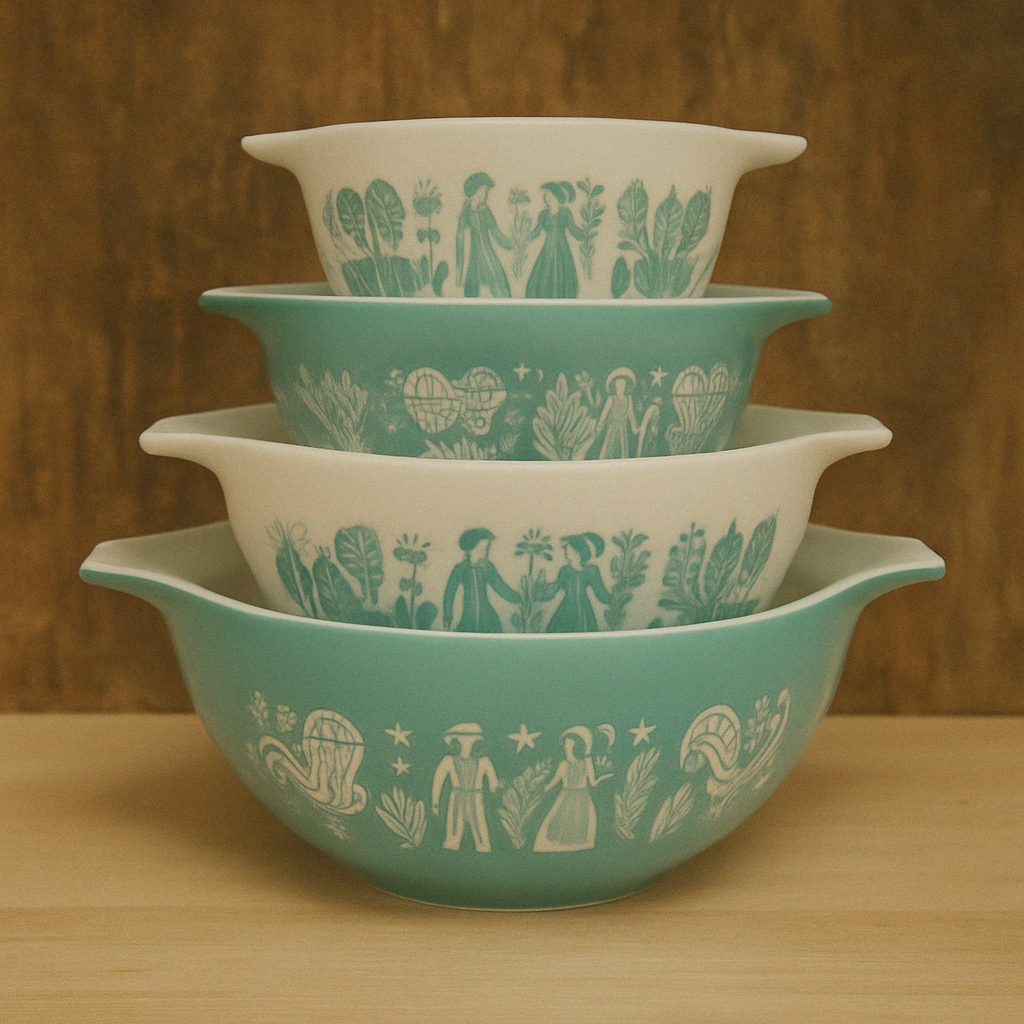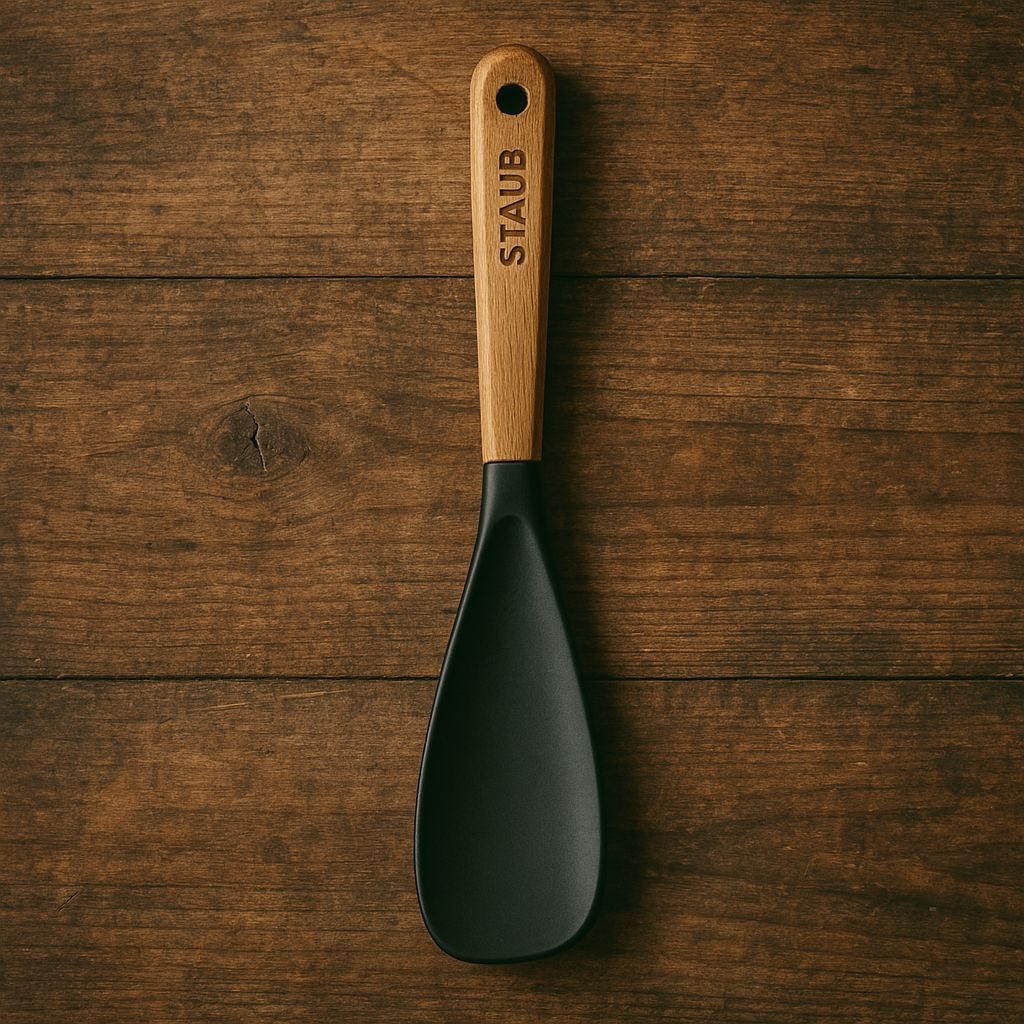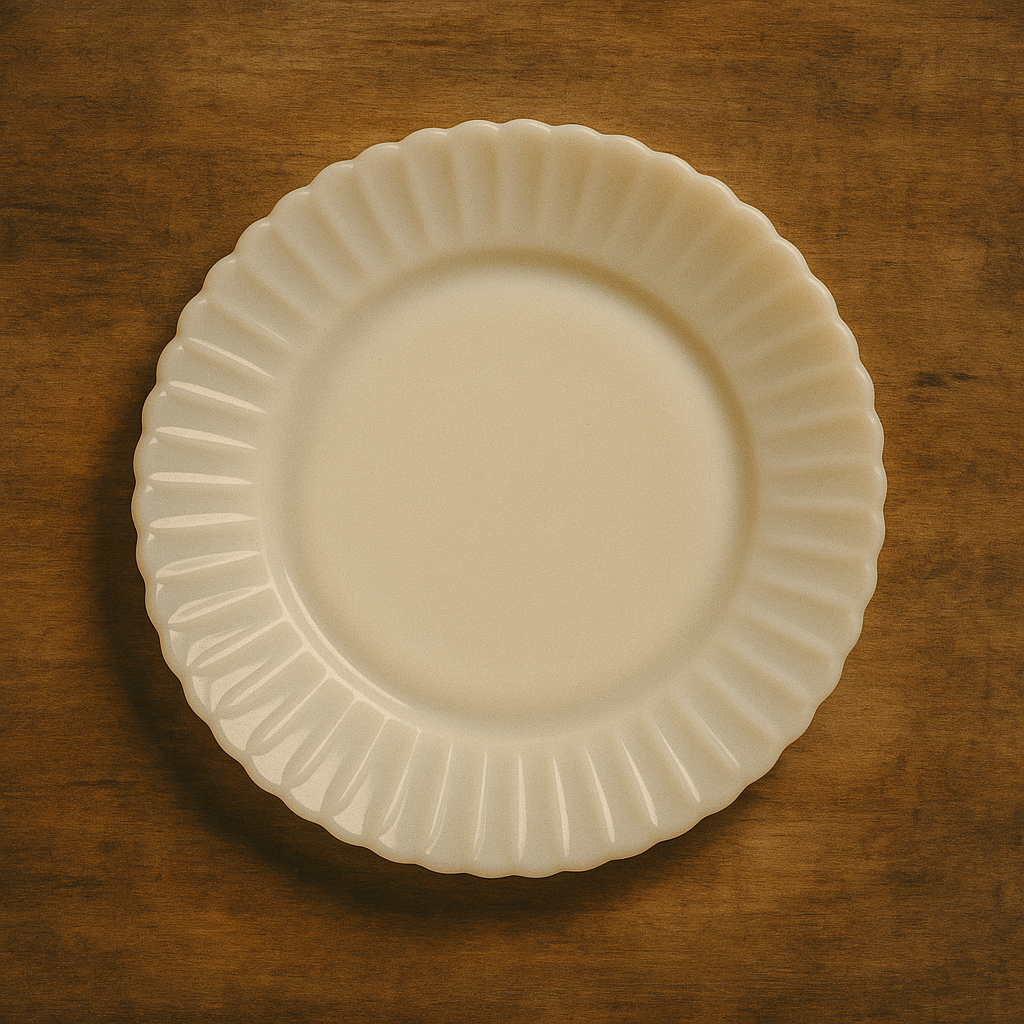
Vintage Angel Flake Biscuits – Fluffy, Yeasted & Golden
Share
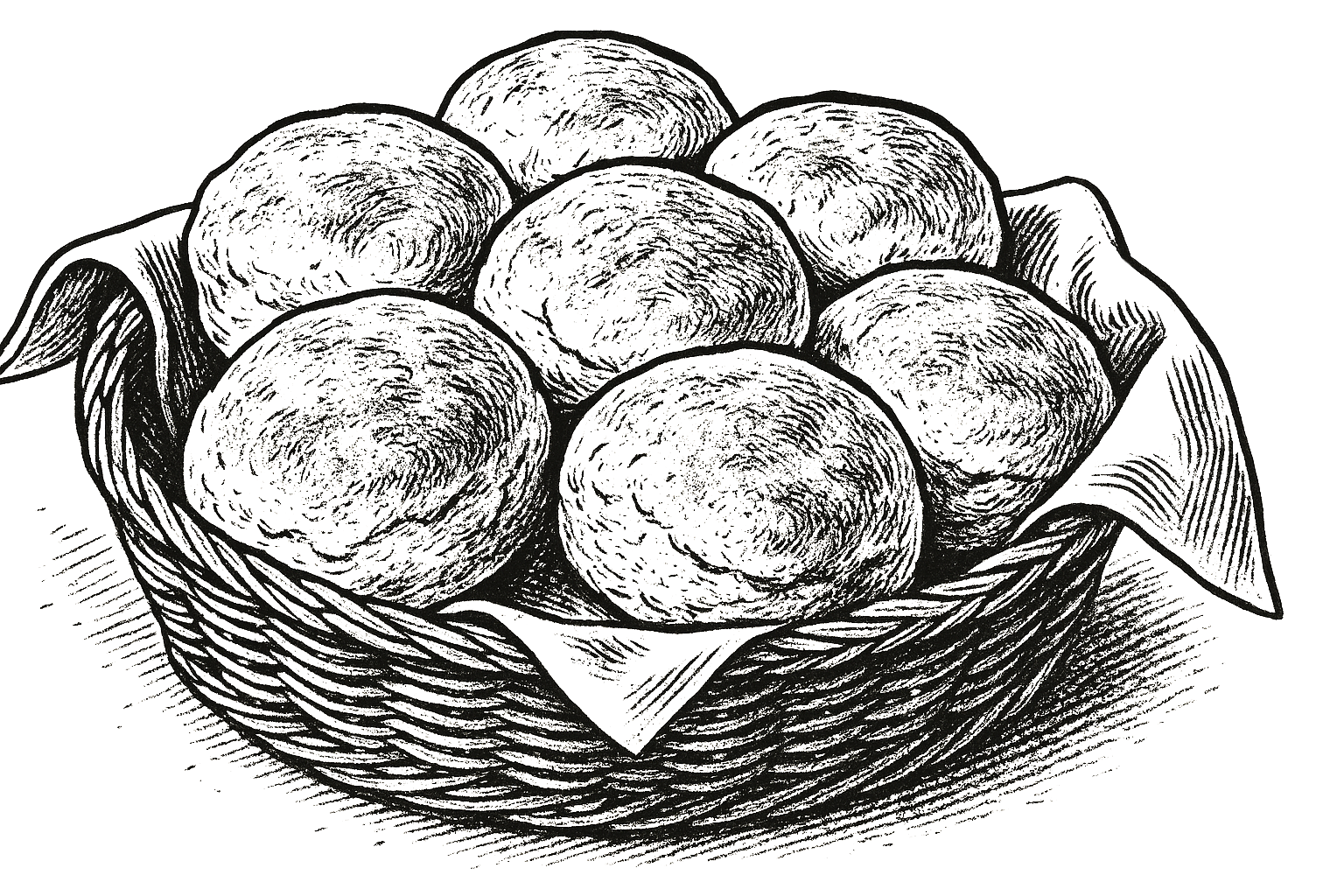
I’ve always wanted to make a yeast biscuit. It’s actually a more original method for biscuits, but one I’ve never tried, so I was looking forward to trying this recipe forAngel Flake Biscuits from Elizabeth Derby, and they did not disappoint.

It’s not my personal favorite style of biscuit, but that’s one of the things I love about biscuits. There is no best or right style, it’s a personal preference, full of self-expression and nostalgia - everything a true home-cooked recipe should be. And, while I love how tender and flaky most biscuits are, they’re usually way too delicate and crumbly to make a decent breakfast sandwich, as opposed to these more chewy and sturdy ones which are absolutely perfect for replacing the fast-food versions, not to mention cheaper!
To make them, you start by dissolving the yeast in warm water. If you’re unfamiliar with dissolving yeast, you want your water between 110 and 120. Too cold, it won’t wake up, too warm and you’ll kill it before it gets started. Usually tap hot is pretty close, but use a thermometer if you’re insecure at all. Set that aside while you start the rest.

Sift together all your dry ingredients, so flour, baking soda, baking powder, salt, and sugar, then cut in shortening.
Make sure your shortening is cold and don’t overmix it. Unlike cake or bread recipes, it’s better to under-mix than over-mix. You want to see lots of chunky pieces of fat throughout the flour, so resist the urge to get it perfectly blended. Remember, biscuits are rustic in every way, including the mixing, and the less you blend, the better the biscuit.
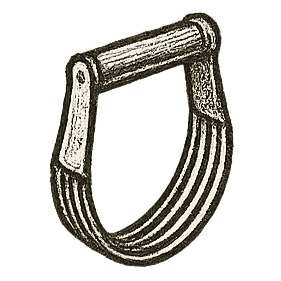
As soon as the fat is, not-so-perfectly mixed in, blend the dissolved yeast with buttermilk and pour that into the flour mixture. Mix together just until there is no more dry flour visible. Again, don’t overmix, blend just enough, then stop as soon as you can.
From there, cover the dough and refrigerate for at least a few hours. According to the cookbook, it can be used right away, but the texture is better if you let it rest for a bit, even overnight or longer.
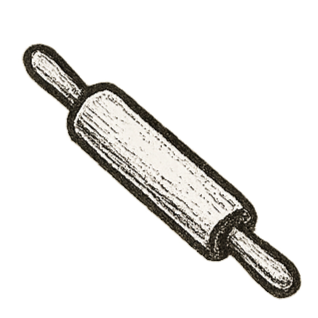
After resting, roll the dough out to 1/2 in to 3/4 inch thick. I like a taller biscuit, so usually stop at 3/4 inch.
Cut out with a biscuit cutter. I used a 3” cutter, which worked great, but you can go smaller if you prefer. Just remember, when cutting biscuits make sure you cut straight down, and lift straight back up. Resist the urge to twist the cutter at all. It’s natural to want to give it wiggle to make sure it cuts all the way through, but that causes what’s called ‘binding’. If you’ve ever had a biscuit that didn’t rise properly, or rose kind of wonky, off to one side, that’s what happened. The top and bottom got bound together by twisting the cutter, and prevented a proper rise. So, straight down, straight up, for biscuit perfection.
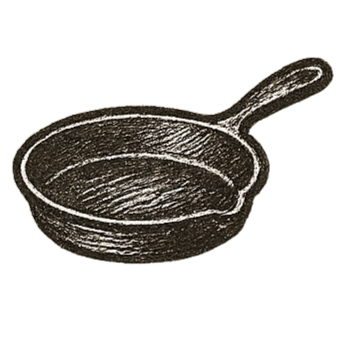
Now they are ready to drop into a cast iron skillet. I truly believe a good quality cast iron skillet is the only way to bake a great biscuit. I made a separate video about general biscuit tips if you want to know why I will die on that hill, so I won’t take your time now, but I encourage you to watch it if you’re at all curious.
Click here for perfect biscuit tipsPlacement of the biscuits is surprisingly important as well. You want them close enough together that they support each other to rise up as much as possible, while making sure they have enough room to grow.
The pan size matters too, believe it or not, and for the same reason, the sides of the pan should support the ideal rise, without being restricting, so try to choose the smallest pan possible, leaving only a small gap around the outside. I’ll show you what a difference it can make after these are baked.
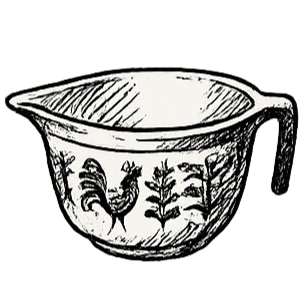
This recipe makes a very large batch of biscuits, so I used two skillets - one a size 8, and another size 7. Start with the center biscuit and then place a ring of the others around that one. How many you can fit depends on the size of the pan you choose.
The recipe says bake for 12 minutes, but I’ve noticed when you bake in cast iron, it usually tacks on a few extra minutes, again, I’ll went into why in the separate biscuit tips post, so look for that if you want to know, but just be aware, it’s a possibility.

Mine took 15, so don’t be afraid to let them go. Unlike a cake or loaf of bread, there’s no way to test biscuit’s doneness, outside of looking for golden brown tops, so trust your instincts, and also make sure you let them cool in the skillet for at least 5 or ten minutes before taking them out to serve. A high quality skillet will stay warm for quite some time, so this gives them a little extra time to make sure they are cooked in the middle, and leaving them snuggled together in the pan will ensure they won’t dry out.
If you would like to see why pan size matters, and how the biscuits in the bigger pan came out quite a bit shorter than the ones in the smaller pan, be sure to watch the recipe video above. It shows you what a difference pan size makes.
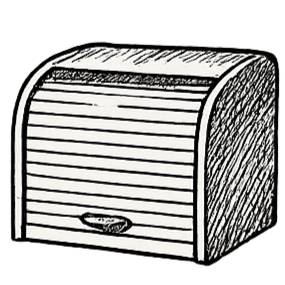
Oh, and as a bonus, you may have noticed I didn’t use the dough left behind from the first cutting. Normally, I would reform and roll and cut that dough for a second-cut, but Elizabeth mentions in her recipe that this dough will actually keep for weeks in the fridge, so instead of making more right away, I gathered it up in a bowl, sealed it with an air-tight lid, and put it back in the fridge.
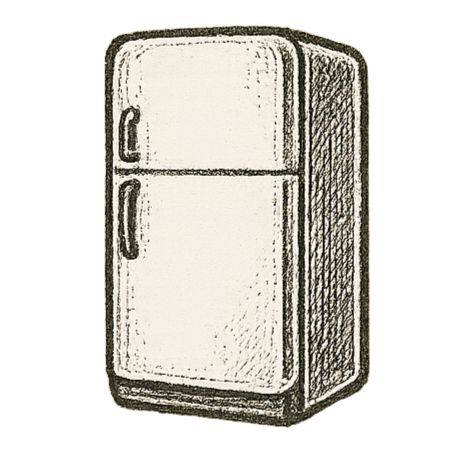
The dough just got tastier with time, and a few days later, I used it to whip up delicious breakfast sausage roll ups. It was so handy having ready-made dough in the fridge. It was a total biscuit hack, so I would encourage you to do the same. So, thank you so much, Elizabeth, for sharing your wonderful recipe in the vintage Rock Creek Mobile Home Park community cookbook, I am so grateful, and I hope it encourages you to make more old recipes.
LOVE THIS RECIPE? GET TO KNOW THE VINTAGE COMMUNITY COOKBOOK ITS FROM.
KITCHENWARE USED IN THIS RECIPE
Vintage Angel Flake Biscuits
These Angel Flake Biscuits are a throwback to 1970s community cookbooks — a unique cross between a dinner roll and a biscuit. Made with yeast for extra lift, they bake up pillowy and golden, perfect for butter or jam.
Ingredients
- 1 package active dry yeast
- 1/4 cup warm water
- 5 cups all-purpose flour
- 1 tablespoon baking powder
- 1 teaspoon baking soda
- 1 teaspoon salt
- 1/2 cup shortening or butter
- 2 cups buttermilk
Instructions
- Dissolve yeast in warm water; let sit for 5 minutes until foamy.
- In a large bowl, mix dry ingredients. Cut in shortening until crumbly.
- Add yeast mixture and buttermilk; stir to form a soft dough.
- Roll out dough 1/2" thick on a floured surface and cut with biscuit cutter.
- Place biscuits on greased baking sheet, cover, and let rise 30 minutes.
- Bake at 400°F for 10–12 minutes until golden brown. Serve warm.
Tips & Notes
- Letting the dough rise adds a light, airy texture not found in typical biscuits.
- Use cold shortening or butter for the best flake.
- These freeze well — just reheat in the oven before serving.
From the Spiral Bound Foodie kitchen — preserving vintage recipes one dish at a time.
Vintage Angel Flake Biscuits
Rated 5.0 stars by 1 users
Category
Biscuits
Author:
Elizabeth Derby in the Canby Mothers Club Community Cookbook
Servings
18
Prep Time
1-12 hour
Cook Time
12 minutes
A delicious yeast biscuit sturdy enough for the perfect breakfast sandwich!

Ingredients
-
5 cups Flour
-
3/4 cup Shortening
-
1 tsp. Soda
-
1 tsp. Baking Powder
-
1 tsp. Salt
-
3 Tbsp. Sugar
-
1 pkg. Powdered Yeast (or 1 cake)
-
1/2 cup Warm Water
-
2 cups Buttermilk
Directions
Sift dry ingredients together; cut in the shortening.
Add buttermilk and the yeast, dissolved in water. Mix with a spoon until all flour is moist. Cover the bowl and put in the refrigerator until ready to use. Can be used right away, but dough is a better texture if it stays refrigerator for a few hours before using. The dough will keep several weeks in the refrigerator.
Roll out as much dough as you need on a floured board, dough should be 1/2 to 3/4 inch thick. Cut out.
Bake at 400 F. degrees for 12 minutes.
Recipe Video
Recipe Note
✨Please note✨
The instructions above are as they appear in the cookbook. I try to make notes when something is unclear, an error, or missing altogether, but for the most part I leave it as is. That said, community cookbooks are, by their nature, often very brief in their instructions, so if you have any questions or need clarification, the video of me making it, should clear things up. Otherwise, drop me a comment below. I’m happy to help, and love hearing from you!
Enjoy this authentically homemade recipe, and thank you for appreciating it enough to give it a new life!
Cheers,
Ash Starling
